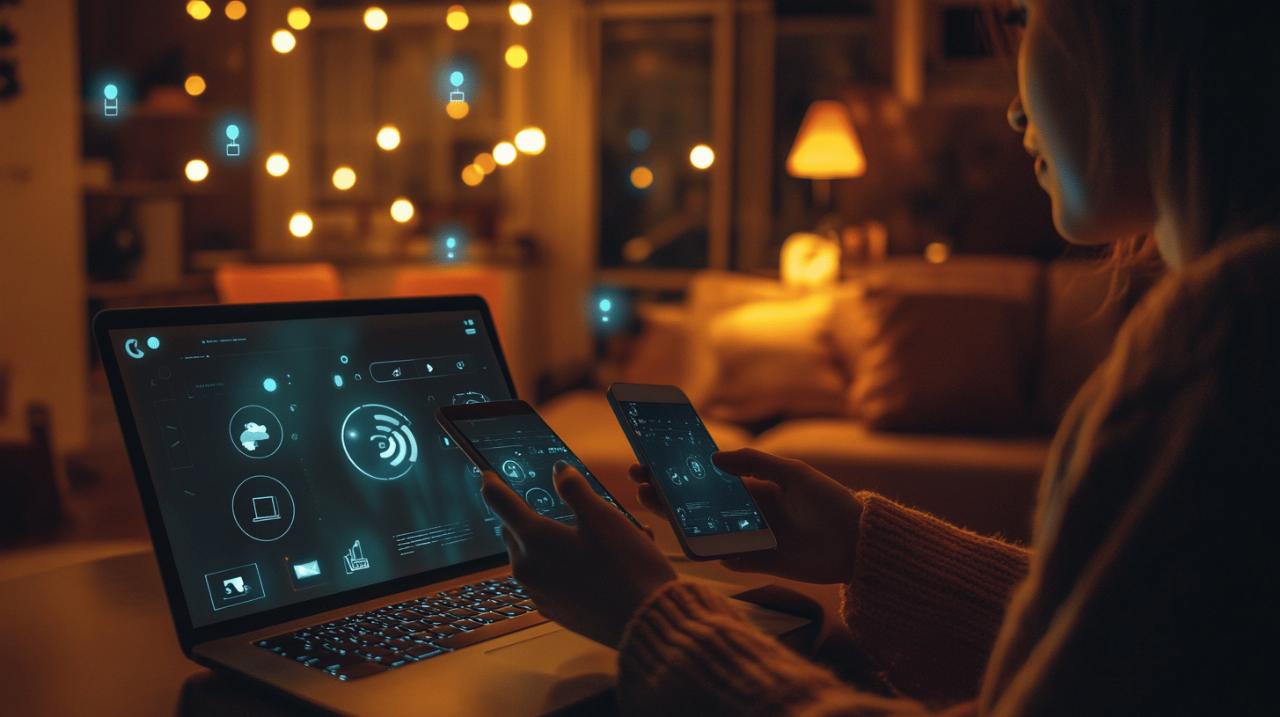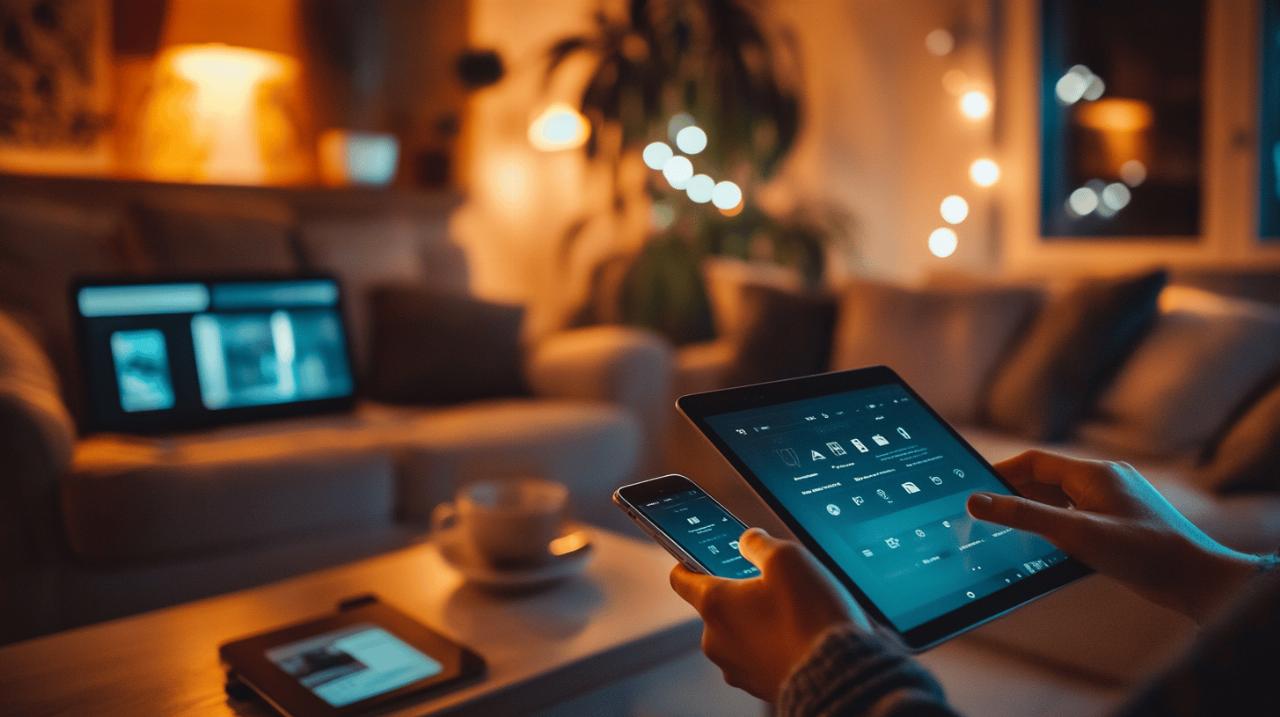Practical Tips for Embracing Technology in Daily Life
Living in a digital age presents opportunities to enhance our lives through strategic technology use. By integrating smart devices and digital solutions into our homes, we can create efficient, comfortable living spaces that serve our unique needs. Many people feel intimidated by technology, but with a few practical approaches, anyone can begin their journey toward a more connected lifestyle.
Smart home setup for beginners
Starting your smart home journey doesn't need to be overwhelming or expensive. The key is to understand your specific needs and build gradually with devices that offer immediate benefits. A well-planned smart home can save time, increase security, and even reduce energy costs while making daily tasks simpler.
Budget-friendly smart devices to start with
When building your first smart home setup, focus on affordable options that deliver high value. Smart plugs are an excellent entry point, allowing you to control lamps and small appliances remotely for about $15-25. Voice assistants like Amazon Echo Dot or Google Nest Mini provide the foundation for voice control throughout your home while staying under $50. Smart bulbs from brands like Wyze or TP-Link offer customizable lighting without breaking the bank. For enhanced security, consider video doorbells from Ring or Eufy, which start around $100 but deliver significant peace of mind. You can find detailed comparisons and setup guides on https://www.macom.es/ for more budget-conscious options that still deliver quality performance.
Creating automated routines for your home
The real magic of a smart home happens when your devices work together through automated routines. Start by creating a morning sequence that gradually turns on lights, adjusts the thermostat, and plays your favorite news briefing at your preferred wake-up time. Evening routines can secure your home by checking that doors are locked, turning off unnecessary lights, and activating security cameras. Motion-triggered lighting for hallways and bathrooms provides nighttime safety without manual switching. Weather-responsive routines can adjust your home's temperature based on outdoor conditions, available on https://www.macom.es/ along with step-by-step guides for setting up these automations across different smart home platforms. These routines transform individual smart devices into a cohesive system that anticipates your needs.
Digital organization techniques
In our fast-paced digital world, organizing your technological environment can significantly improve productivity and reduce stress. Embracing technology in your daily routines doesn't have to be overwhelming. With the right digital organization techniques, you can transform how you manage tasks, files, and information – making technology work for you rather than against you.
Digital literacy and proper tech adoption can benefit everyone, from young professionals to elderly individuals seeking to build tech confidence. The key lies in finding systems that match your personal needs while providing maximum efficiency. Let's explore some practical approaches to digital organization that can enhance your daily life.
Apps that streamline your daily tasks
The right applications can serve as powerful tools for managing your day-to-day responsibilities. Start by identifying areas where you spend significant time on repetitive tasks – these are prime candidates for digital streamlining.
Task management apps like Todoist, Microsoft To Do, or Apple Reminders help you track obligations and deadlines in one central location. Calendar apps synchronize across devices, ensuring you never miss important appointments. For those concerned with online safety, password managers provide both security and convenience by safely storing your login credentials.
Consider apps that support digital wellness by helping you monitor and limit screen time. Many users find benefits in using voice command features for hands-free operation, particularly valuable for accessibility. Remember to focus on one type of technology at a time rather than trying to master multiple systems simultaneously.
When selecting apps, prioritize those with strong privacy features and regular security updates. This mindful approach to digital tool selection creates a foundation for technology integration that enhances rather than complicates your life.
File management systems for maximum efficiency
Creating an organized file structure transforms how you interact with your digital content. Start by establishing a consistent naming convention for files and folders – this simple step dramatically improves searchability and reduces time wasted looking for documents.
Cloud storage solutions like Google Drive, Dropbox, or OneDrive offer accessibility across devices while providing backup protection. These platforms allow you to access your files from anywhere, making them ideal for both personal and professional use.
Consider implementing a folder hierarchy that mirrors your thinking process. Main categories might include Work, Personal, Finance, and Health, with nested subfolders for specific projects or document types. Regular digital decluttering sessions help maintain this system – delete unnecessary files, archive completed projects, and reorganize as your needs evolve.
File management extends beyond documents to photos, videos, and emails. Apply similar organizational principles across all content types for a unified approach. Many platforms offer automation features that can sort incoming files based on preset rules, further streamlining your digital life.
When setting up these systems, take advantage of accessibility features like adjustable font sizes, voice commands, and customizable displays. These tools make technology more user-friendly for everyone, supporting true digital inclusion regardless of age or ability level.


